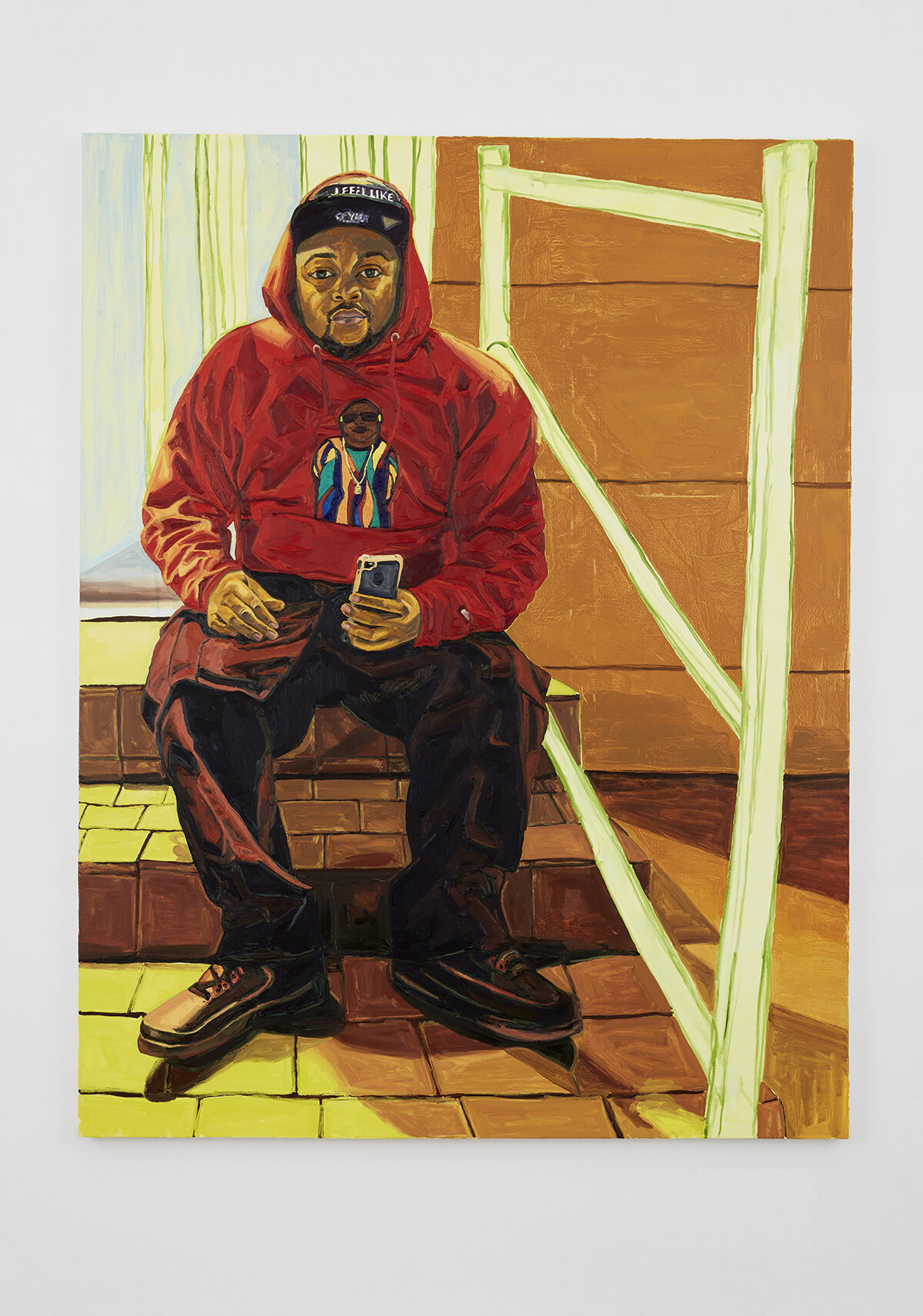The unprecedented exhibition “Ancestral: Afro-Americas [United States and Brazil]” addresses the relations between the two countries from the perspective of the African diaspora and how it is present in the visual arts. Held at the FAAP Museum of Brazilian Art, the free exhibition brings together 132 works by great artists from both countries.
With an organic exhibition design, the exhibition, which will be on display from October 29 to January 26, 2025 , offers reflections on the affirmation of the body, the oneiric dimension of dreams, and the claim to space. Through these three axes – body, dream, and space – “Ancestral” promotes an encounter that values the concept of African-American identity in Brazil and the United States and decolonial art. The exhibition not only pays homage to artists who challenged the brutalities and erasure of colonialism, but also seeks to foster an open dialogue on the impact and relevance of ancestral African roots in their formation and in their social contexts.
Based on these provocations, the project proposes a renewed perspective on the world and a new way of existing, imagined by the group of participating artists. This creative process allows for a simultaneous movement between past and future, intertwining the ancestral lines that sustain the contemporary art scene and highlighting current productions that, in the future, may emerge as precursors of expressions of life as yet unexperienced.
“We were guided by the groups and communities of the African diaspora who reimagined the concept of servitude in the colonial nations to which they were brought, contributing significantly to the construction of the national identity of these places. Based on the idea of human beings reinventing their existence in a hostile environment, we selected artists who evoke this invention, this transformation, and this process of 'becoming' as a powerful poetic and aesthetic tool,” comments Brazilian curator Ana Beatriz Almeida.
For American curator Lauren Haynes, the opportunity to work with Ana Beatriz “to present the work of African-American artists alongside the work of Afro-Brazilian artists was a great chance to explore connections and distinct practices of black artists working in two very different places. I hope visitors leave the exhibition having learned about new artists and new ways of making art.”
The exhibition takes place in the year that marks the bicentennial of diplomatic relations between Brazil and the United States. “The decision to place Afro-descendant art at the center of this celebration is very important and highlights the complex legacy that both the United States and Brazil share as a result of our histories with slavery. In 1824, the United States and Brazil had the largest populations of enslaved Africans. Two hundred years later, our current governments are working together to relaunch the U.S.-Brazil Joint Plan of Action to Eliminate Racial and Ethnic Discrimination and Promote Equality (JAPER). I am confident that this exhibition will inspire us to intensify our efforts in the fight to end racism,” said U.S. Ambassador to Brazil Elizabeth Frawley Bagley.
Against this historical backdrop, the exhibition brings together 73 artists of great international relevance from both nations. Among them are new works by Brazilians Gabriella Marinho and Gê Viana, and American Simone Leigh , who brings a new work from her personal collection. Born in Chicago, the internationally recognized artist is the first African-American woman to represent the United States at the Venice Biennale. Another American artist, Nari Ward , who has already had the opportunity to perform in Brazil, is another name who brings to the exhibition a work created on Brazilian soil exclusively for the occasion. The artist incorporates everyday objects into his works, thus enriching the artistic exchange between the nations.
The curators of “Ancestral” also include Abdias Nascimento , an icon of cultural activism in Brazil, widely recognized for his contributions to the promotion of Afro-Brazilian culture and for having been awarded the Zumbi dos Palmares Prize. Among the North American artists, Kara Walker stands out with her provocative art, which examines historical and social issues and earned her the prestigious MacArthur Prize. Julie Mehretu is another significant presence, recognized for her complex paintings that establish a dialogue with current geopolitics, accumulating a series of awards throughout her career. Complementing this panorama, the Brazilian Rosana Paulino , awarded the PIPA Prize, brings a critical look at race and identity, highlighting the diversity and depth of the voices represented in the exhibition.
They are joined by names such as the young artist Mayara Ferrão , who uses artificial intelligence to rethink scenes of affection between black and indigenous people not told by “traditional history”; and the Sergipe native Bispo do Rosário , with his embroidered cloaks and objects that have transcended time and subverted the concept of beauty and madness. Reinforcing the powerful dialogue about identity, culture and history, and reflecting the complexity of the human experience, we see the inclusion of works by Kerry James Marshall , Carrie Mae Weems and Betye Saar .
“Ancestral” investigates the intertwined narratives between Brazil and the United States through the lens of art, which transcends geographic and cultural boundaries, evoking the constant sensation of being in an unknown space and remembering another place, such as a trip to Salvador, where people and places could be mistaken for New Orleans. “The word ‘ancestral’ is common in both English and Portuguese. It is this shared origin that we seek to highlight in contemporary art, something that transcends geographic, linguistic and cultural barriers. The exhibition ‘Ancestral’ demonstrates that, even in the face of so much pain, suffering and with all the distance of centuries of African diaspora, its art persists in the ability to keep a flame burning over time”, highlights the artistic director of the exhibition, Marcello Dantas.

